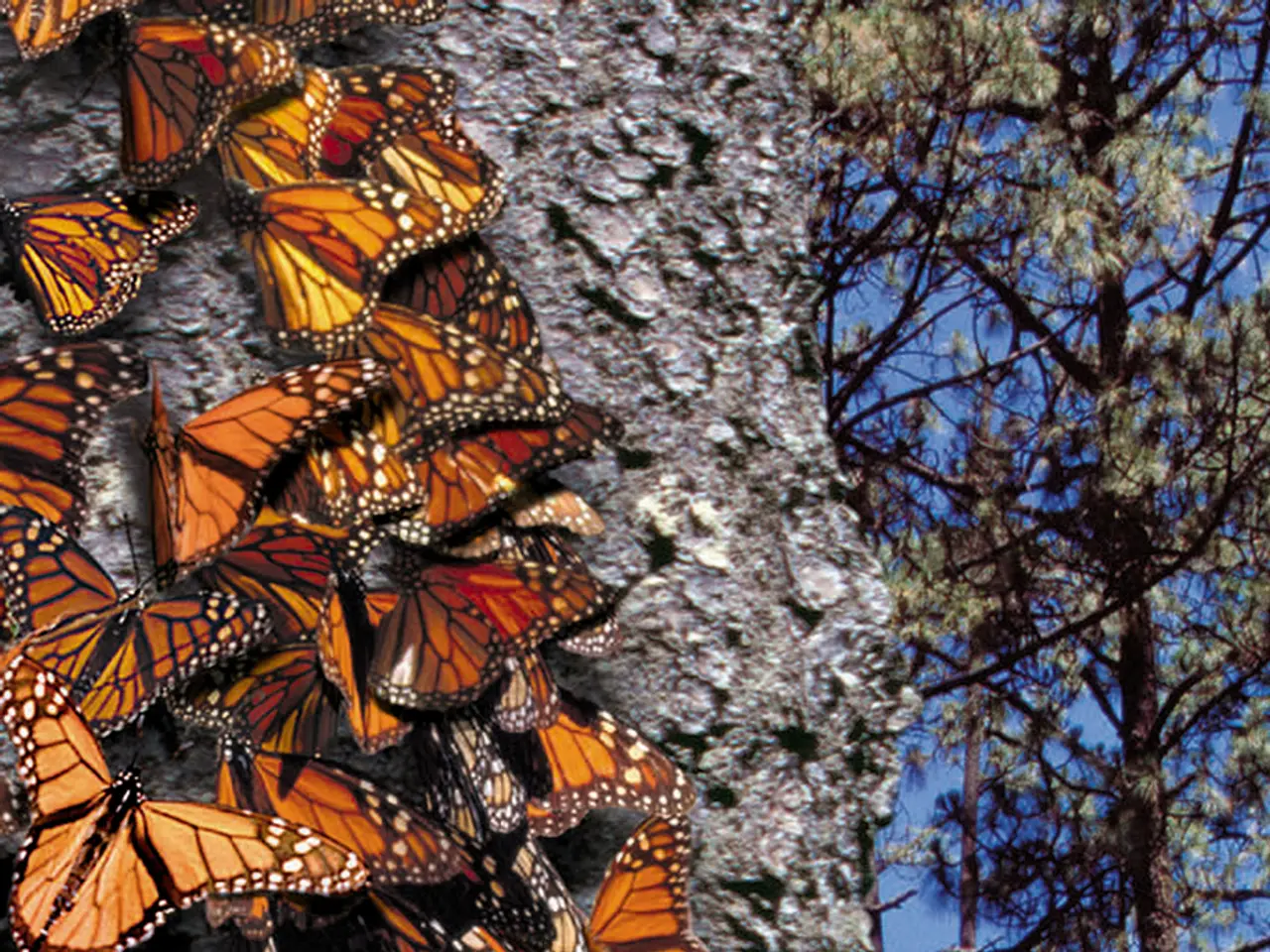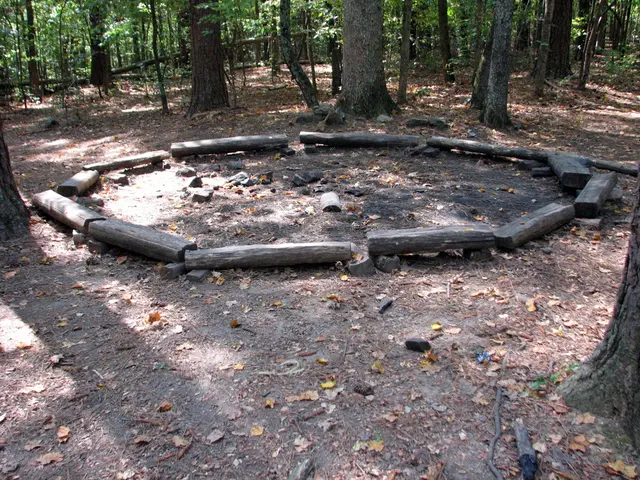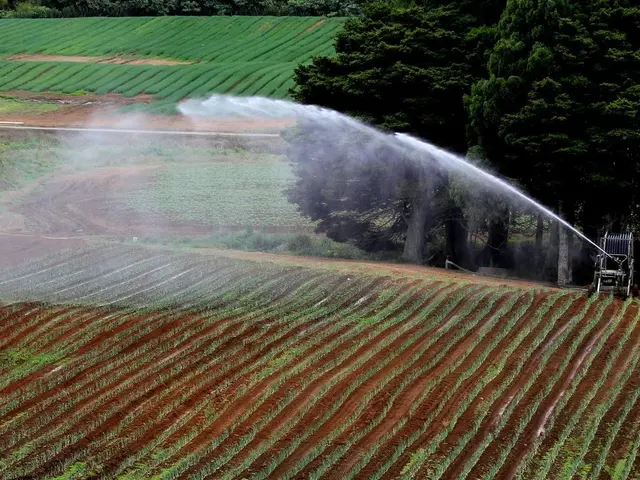Study Warns of Declining Biodiversity in Salzburg's Lowlands
A recent study has raised concerns about the declining biodiversity in the Austrian state of Salzburg, particularly in its lowlands. The study, published in 'Biological Conservation', focuses on the decline of butterfly species, which are often seen as indicators of ecosystem changes. Researchers urge for increased protection in the valleys, despite initial perceptions of conflicting economic interests.
The study analyzed a dataset of over 250,000 individual observations from 1900 to 2022, revealing a worrying trend. Threatened species like the Gelbling-Perlmutterfalter, Lilagold-Feuerfalter, and Alexis-Bläuling were predominantly found below 800 meters, while more common species were found above 1,500 meters on average. This suggests that the lowlands, often intensively used for agriculture, are under significant threat.
Researchers involved in the study, including teams from the University of Göttingen and the University of Jyväskylä in Finland, emphasize the urgent need for effective protection of biodiversity in the lowlands. They argue that this is long overdue, despite over 90% of protected areas being located above an altitude of approximately 1,000 meters. They advocate for protected areas in valleys, highlighting that nature conservation should be seen as an opportunity for a livable future, not an obstacle.
The study underscores the alarming decline of biodiversity in the lowlands of Salzburg, with threatened butterfly species serving as a stark indicator. Researchers call for increased protection in these areas, urging policymakers to prioritize nature conservation as a means to safeguard the region's ecological future.








